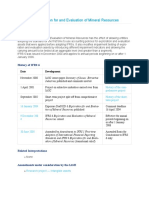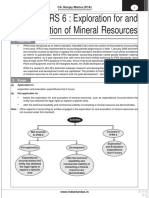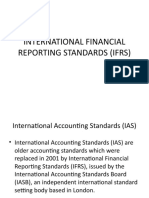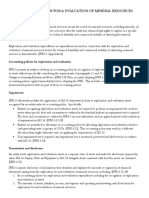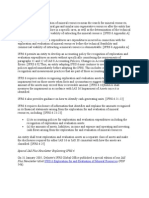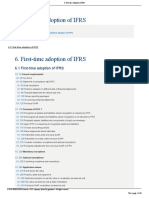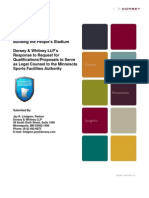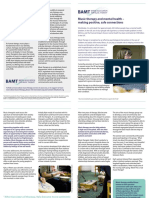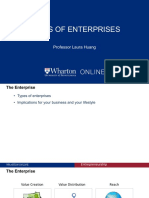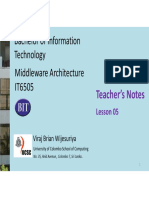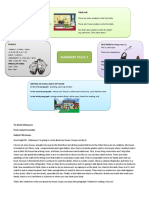0% found this document useful (0 votes)
7 views3 pagesAssignment
IAS 6 was established to guide companies in accounting for the effects of changing prices, particularly inflation, but was withdrawn due to inconsistent application and the introduction of better frameworks like IAS 29. IFRS 6, on the other hand, provides guidance for companies in the exploration and evaluation of mineral resources, allowing flexibility in accounting policies while ensuring transparency. It aims to improve the relevance and reliability of financial reporting during the high-risk phase of resource extraction.
Uploaded by
hafsahassan274Copyright
© © All Rights Reserved
We take content rights seriously. If you suspect this is your content, claim it here.
Available Formats
Download as DOCX, PDF, TXT or read online on Scribd
0% found this document useful (0 votes)
7 views3 pagesAssignment
IAS 6 was established to guide companies in accounting for the effects of changing prices, particularly inflation, but was withdrawn due to inconsistent application and the introduction of better frameworks like IAS 29. IFRS 6, on the other hand, provides guidance for companies in the exploration and evaluation of mineral resources, allowing flexibility in accounting policies while ensuring transparency. It aims to improve the relevance and reliability of financial reporting during the high-risk phase of resource extraction.
Uploaded by
hafsahassan274Copyright
© © All Rights Reserved
We take content rights seriously. If you suspect this is your content, claim it here.
Available Formats
Download as DOCX, PDF, TXT or read online on Scribd
/ 3
























